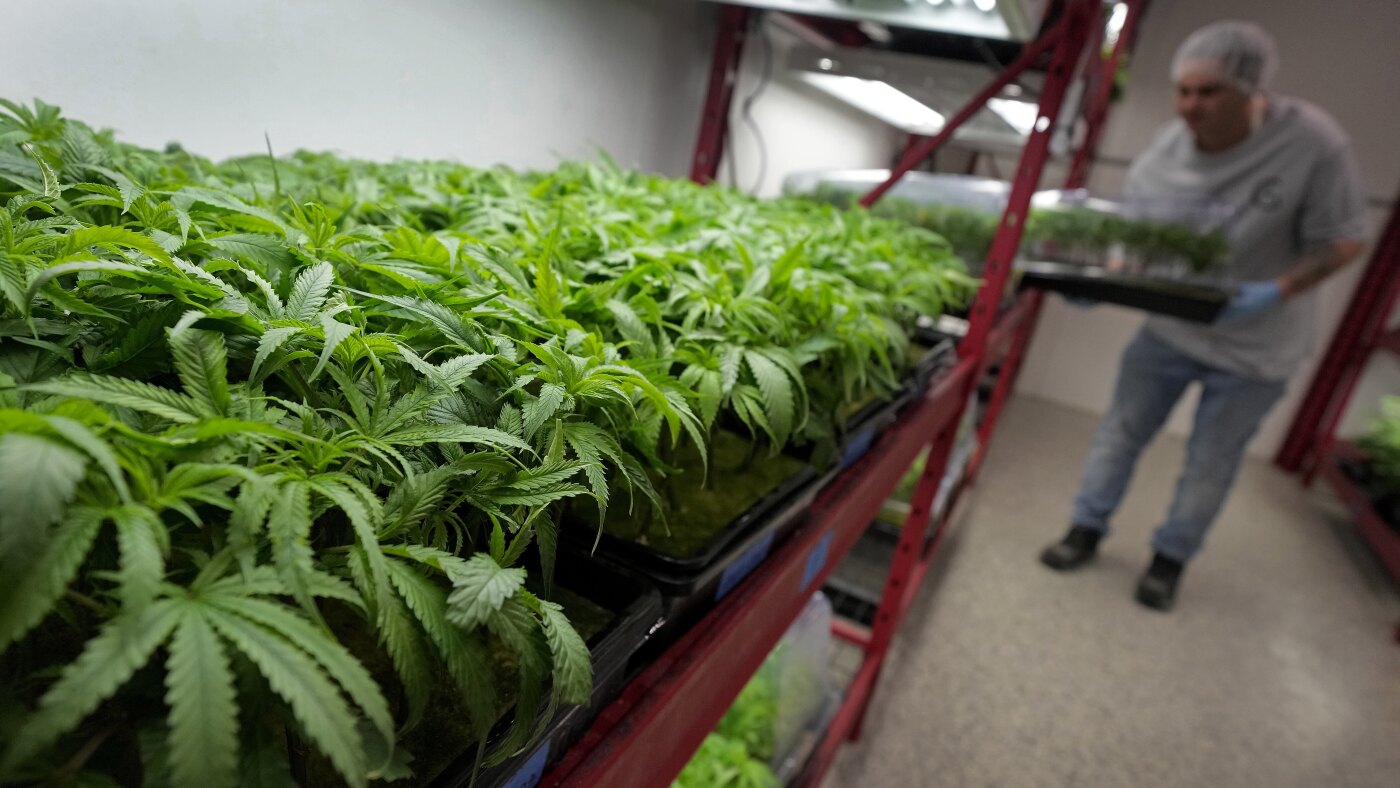There is clearly a need for improved public services throughout Alaska, and for this, we must establish a new dependable source of state income.
Recently, the ADN highlighted the fact that the state is losing working-age residents, creating a shortage of workers in Alaska, and stunting local economic growth. Alaska’s state demographer, David Howell, says that a key factor is simply the healthy labor market outside. People are leaving Alaska for better jobs.
However, others argue that another big factor is underfunded community services, especially public schools, and preschool child care. Unless legislators take strong action to reverse this trend by finding the necessary revenue to pay for these services, our shrinking population could become a self-perpetuating cycle with a major effect on the state’s economy. Businesses close, then others close because the population continues to shrink, and so on into the grim future.
Recently the UAA’s Institute of Social and Economic Research projected that this year, essential state expenditures could cost up to $800 million more than state income. This should be particularly shocking to legislators who have listened to the raucous rallies supporting an increase in the school system’s basic allowance per student, or BSA.
It does appear that there is growing legislative recognition of this dire situation. Last session several legislators showed political bravery and introduced bills proposing new sources of revenue. To his credit, at one time Gov. Mike Dunleavy proposed a special session on Alaska’s fiscal future, noting that “everything is on the table.” Let’s hope this includes a reliable source of revenue that will result in consistent annual funding for high-quality schools, public safety, transportation and other public services that draw productive young people to Alaska and encourage them to stay here.
So far, proposals for new revenue sources have been for statewide sales taxes. But there are serious problems with this approach. A sales tax would be particularly costly for people living in the most remote, difficult to reach parts of Alaska, especially the small, isolated communities along the waterways of the western and northwest coast where prices are already high.
In addition, a statewide sales tax would be on top of sales taxes that already exist in more than 100 local jurisdictions. This may violate Alaska’s constitution, which prohibits an overlap of taxing jurisdictions.
So, let’s consider a graduated income tax based on a percentage of a person’s federal income tax. There is an essential fairness about a tax that is structured so payment comes from those who are most able to pay, and people with low to moderate incomes are spared. Levying the tax on temporary residents, summer tour guides, for example, is also fair. They use roads and transportation and benefit from state services while they are here.
Most of the outside states use the income tax system in some form. Alaska residents pay taxes to other states where they earn income. Many Alaskans own income-producing property in another state and pay taxes accordingly — but currently, this is a one-way street.
Historically, as a territory and then as a new state, Alaska relied on a personal income tax to pay for public services. In 1949, residents and nonresidents of the Territory of Alaska paid 10% of their federal income tax for territorial services. After statehood in 1959, the system continued, and the amount was increased to 16% of federal taxes. Though the state switched to a graduated structure independent of federal income tax rates, the amount of revenue was relatively unchanged.
The personal income tax served the state well as it developed a needed array of state services, but after the Prudhoe Bay oil boom, it was repealed in 1980.
At a conference in 2004, shortly before his death, former Gov. Jay Hammond argued strongly for restoration of a state income tax, saying that his biggest mistake as governor was not having vetoed the bill that repealed the income tax in 1980. In many ways, Jay Hammond, a Republican, was our greatest governor, caring deeply for our state and the provision of excellent state services. I expect he would have shared the enthusiasm of the raucous educators rallying to support an increase in Alaska’s basic student allowance.
Janet McCabe and her husband David came to Alaska in 1964. She is a graduate of Harvard’s Kennedy School of Government and a member of Alaska Common Ground and Commonwealth North.
The views expressed here are the writer’s and are not necessarily endorsed by the Anchorage Daily News, which welcomes a broad range of viewpoints. To submit a piece for consideration, email commentary(at)adn.com. Send submissions shorter than 200 words to letters@adn.com or click here to submit via any web browser. Read our full guidelines for letters and commentaries here.

:quality(70)/cloudfront-us-east-1.images.arcpublishing.com/adn/FMYTEWOGCJE3RFLOPYH5OYXKXA.JPG?ssl=1)






































